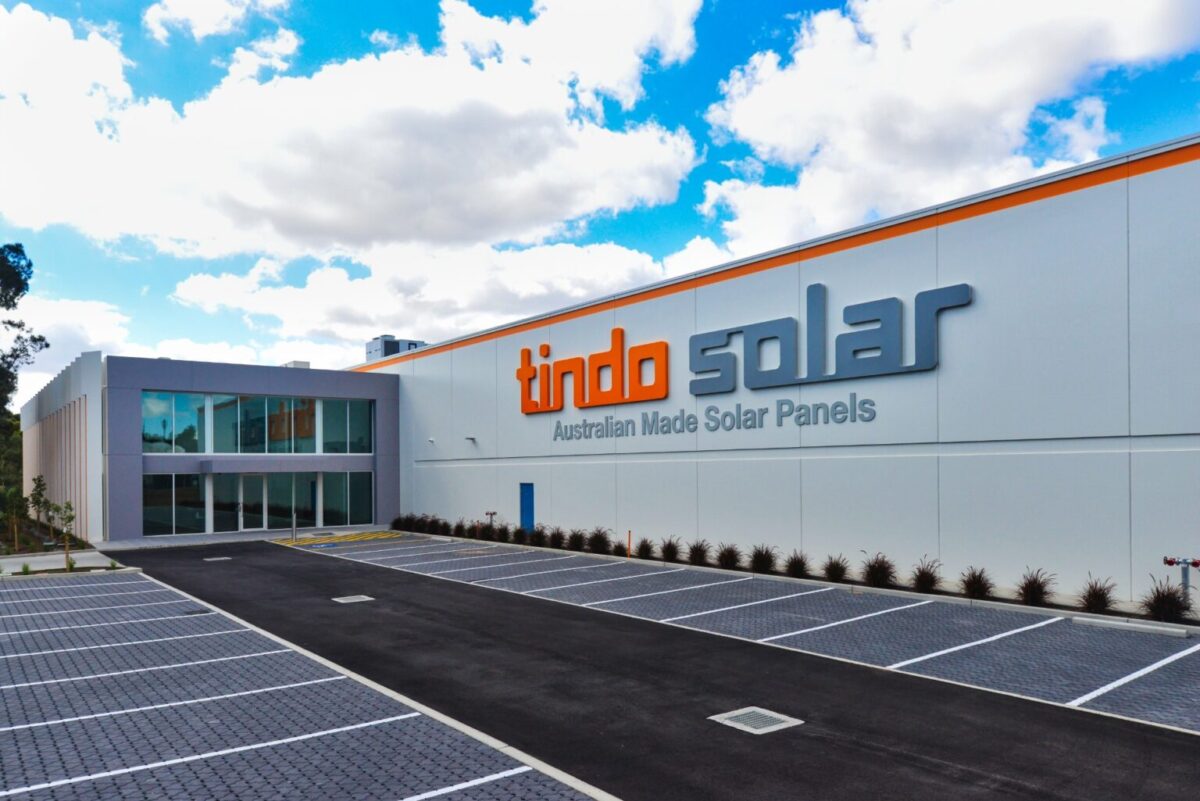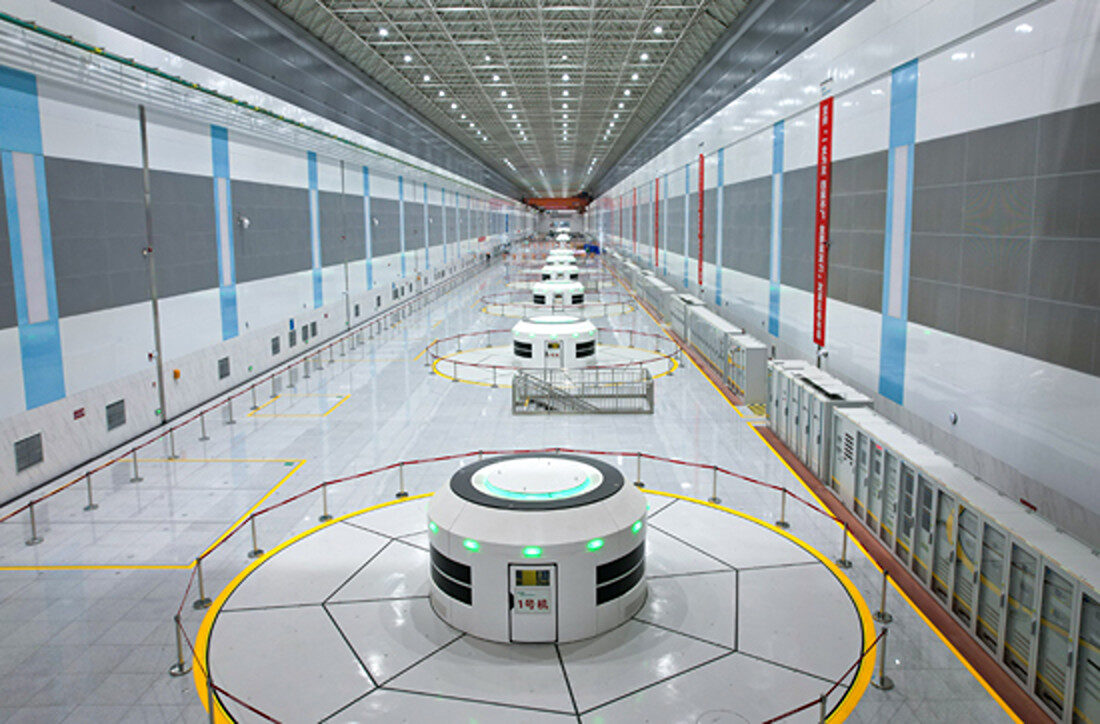Tindo Solar, Australia’s only manufacturer of solar panels, has welcomed the federal government’s newly announced Solar Sunshot program, confident that the initiative has the potential to kickstart a domestic renewables manufacturing industry and drive its own ambition to increase its production capacity sixfold.
“This program has the potential to be catalyst for a domestic renewables manufacturing industry, which will create thousands of jobs and ensure Australia enjoys more of the economic and societal benefits of the energy transition,” said Tindo Chief Executive Officer Richard Petterson. “This is also a major step toward Australia regaining its position as a leader in solar, utilizing our skills, knowledge and manufacturing capabilities to make the hardware that will produce emissions free electricity for homes and businesses across the country.”
There are rooftop solar installations in one in three Australian households – the highest uptake rate in the world – but only 1% of those solar panels are currently manufactured domestically.
The Solar Sunshot program, to be delivered by the Australian Renewable Energy Agency (ARENA), will provide AUD 1 million in support, including production subsidies and grants to help unlock domestic PV manufacturing across the entire solar supply chain, including the scaling up of module manufacturing capabilities.
Australian Energy Minister Chris Bowen said a significant portion of the AUD 1 billion commitment would be used on the transformation of the former Liddell coal-fired power station site in New South Wales Hunter into a renewable energy hub, with the rest of the funding available to other projects with Tindo’s plans to build a giga-scale factory on Australia’s east coast earning special mention.
“Tindo held the flame alive during the last decade or so of Australian manufacturing and they’ll also, I know, be very keen to participate in Solar Sunshot,” Bowen said, adding that the government will be progressing the program “very quickly and we are very keen to see that support flow this year.”
The existing Tindo manufacturing facility, at Mawson Lakes in Adelaide, has an annual production capacity of 360,000 panels, equivalent to 150 MW.
In January, the company announced plans to build a AUD 100 million factory in one of the country’s eastern states. It is anticipated the new facility will be capable of producing about 2 million panels, equivalent to 1 GW, each year. Tindo said it expects the new plant will be operational by the end of 2025.
Petterson said the new plant will be well positioned to play a key role in developing a competitive domestic solar manufacturing industry and broader supply chain.
“Tindo has been manufacturing high-performing Australian-made panels since 2011 and we want to be at the heart of Australia’s solar supply chain, sourcing from local suppliers and selling our panels to homes, businesses and utility-scale project developers across the country,” he said. “Our solar panel gigafactory can be the first step, offering the scale and volume that provides the demand pull through to attract local investment further back up the chain.”
Petterson said the proposed gigafactory will create 250 jobs and deliver AUD 300 million in economic benefits, which would represent “an excellent return for the taxpayer from any Commonwealth support … We congratulate the government on stepping up. Now it’s time for industry to respond by building out local manufacturing capacity and using Australian-made products on the gigawatts of projects being rolled out across the country.”
ARENA Chief Executive Darren Miller said the agency will now work with the Department of Climate Change, Energy, the Environment and Water (DCCEEW) to design and deliver the SunShot program.
“We’ll be consulting widely with industry and other stakeholders to hear their views and inform what will be a transformative scale up of Australia’s solar PV manufacturing capacity,” he said.
Consultation is set to commence this month with ARENA intending to publish a consultation paper outlining proposed specifications for the program, including objectives, funding mechanisms, timings, and draft eligibility and merit criteria.
Following the consultation period, ARENA and DCCEEW will develop the final program design.
This content is protected by copyright and may not be reused. If you want to cooperate with us and would like to reuse some of our content, please contact: editors@pv-magazine.com.




1 comment
By submitting this form you agree to pv magazine using your data for the purposes of publishing your comment.
Your personal data will only be disclosed or otherwise transmitted to third parties for the purposes of spam filtering or if this is necessary for technical maintenance of the website. Any other transfer to third parties will not take place unless this is justified on the basis of applicable data protection regulations or if pv magazine is legally obliged to do so.
You may revoke this consent at any time with effect for the future, in which case your personal data will be deleted immediately. Otherwise, your data will be deleted if pv magazine has processed your request or the purpose of data storage is fulfilled.
Further information on data privacy can be found in our Data Protection Policy.